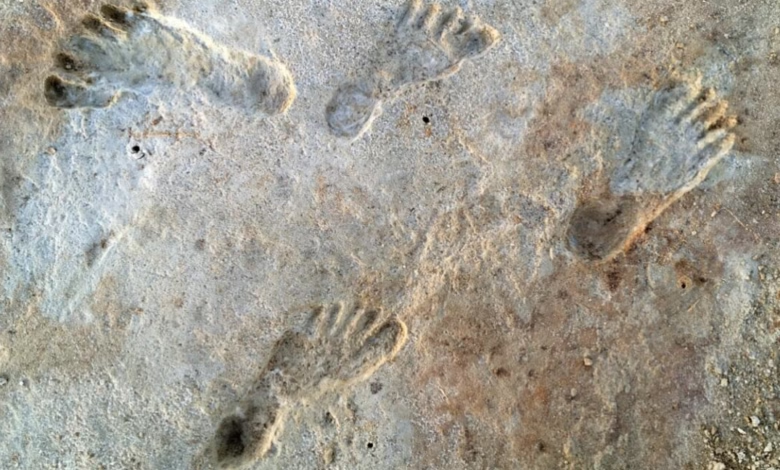White Sands Footprints Dating Confirms Controversial Human Theory

▼ Summary
– The 2009 discovery of ancient human and animal footprints at White Sands National Park challenged previous beliefs about when humans first arrived in North America.
– Earlier theories suggested the Clovis culture, dating to around 13,000–16,000 years ago, were the first Americans, but newer evidence contradicted this.
– Independent analysis of the White Sands footprints confirmed they are 10,000 years older than Clovis artifacts, pushing back the timeline of human presence.
– Archaeological finds in Florida and Idaho also indicated humans arrived before the Clovis people, likely via coastal routes along the Pacific.
– Excavations at White Sands revealed 61 human footprints alongside megafauna tracks in layered clay and silt, further complicating the narrative of early human migration.
Ancient footprints discovered at White Sands National Park continue to challenge long-held theories about human migration in North America. A new independent analysis confirms earlier findings that these preserved tracks date back approximately 23,000 years, far earlier than previously believed. This revelation adds weight to growing evidence that humans arrived on the continent well before the end of the last Ice Age.
For decades, the dominant theory suggested the Clovis culture represented the first human inhabitants of North America, arriving around 13,000 years ago. Named after distinctive spear points found near Clovis, New Mexico, this group was thought to have migrated south through an ice-free corridor. However, archaeological discoveries in recent years have steadily eroded this narrative. Sites in Florida and Idaho, dating between 14,500 and 16,000 years old, hinted at earlier human presence.
The White Sands footprints present some of the most compelling evidence yet. Discovered in 2009 and later studied extensively by researchers including archaeologist Matthew Bennett, these tracks were preserved in layers of ancient lakebed sediment. Among the 61 human footprints identified, some appear alongside tracks of extinct megafauna, painting a vivid picture of coexistence during the Pleistocene epoch. The alternating layers of clay, silt, and sand created by fluctuating water levels provided ideal conditions for preserving these remarkable traces.
What makes the White Sands discovery particularly significant is the multiple dating methods employed to verify its age. Initial radiocarbon analysis of embedded seeds suggested the tracks were approximately 23,000 years old, a finding now corroborated by independent research. This timeline places humans in North America during the height of the last glacial maximum, forcing scientists to reconsider migration routes. Rather than moving through interior corridors, early populations may have traveled along Pacific coastlines as they followed available resources.
These findings don’t just rewrite history books, they demonstrate how new technologies and persistent research can overturn long-accepted theories. As dating techniques improve and more sites are investigated, our understanding of human migration continues to evolve. The White Sands footprints serve as a powerful reminder that the past still holds surprises waiting to be uncovered beneath layers of earth and time.
(Source: Ars Technica)
